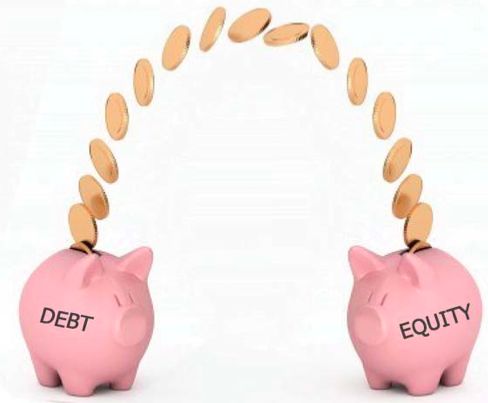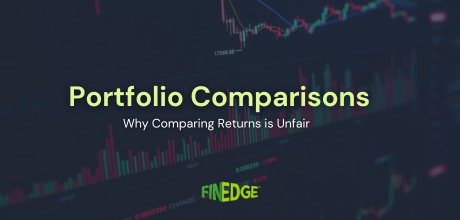How to invest into Mutual Funds using STP’s

Despite their widespread proliferation, many investors remain confused about how to invest in mutual funds using STPs or ‘Systematic Transfer Plans’. This article will present a few simple rules for you to make your STP-led mutual fund investments a whole lot more effective. But first – the basics.
What is an STP?
An STP or “Systematic Transfer Plan” is nothing but a standing instruction provided to the asset management company to transfer a fixed number of units, or a fixed sum of money, from one fund to another on a pre-specified date each month. Depending upon its construct, an STP may be used to gradually build up risk within your mutual fund portfolio, or gradually reduce it. Usually, investors will choose to run an STP from a debt fund to an equity fund, or vice versa.
Advice for Debt to Equity STP’s
Debt to Equity Fund STP’s are for investors who want to invest into high risk, high return funds – but are concerned about stretched market valuations. For example, an investor may rightfully be cautious while committing his hard-earned money into equity mutual funds after the NIFTY has risen sharply by 1,000 points and is ripe for a correction. In such a case, the investor may choose to invest the designation risk capital in a staggered manner via an STP, instead of committing a lump sum of money. As a general thumb rule, make sure you complete the deployment within 3 and 24 months, and have a total holding period of at least 5 years (inclusive of the STP duration). If markets have risen recently, increase your STP duration. If markets have fallen recently, reduce your STP duration.
Advice for Equity to Debt STP’s
Equity to Debt Fund STP’s are perfect for de-risking your portfolio. Say, you’ve invested into equities for a long time, and are now reaching the life stage wherein you need to safeguard your capital and systematically draw upon your savings. Changing your asset allocation is one clean sweep makes less sense than staggering your investments out of equity and into debt funds over a period of say, a year or two. Make sure you reverse your strategy while deciding on your STP duration while moving out of equity funds and into debt mutual funds – that is, shorten your STP duration if markets have gone up significantly over the preceding year or two, and widen your STP duration if markets have fallen into the clutches of the bears in recent times. As a thumb rule, skip daily STP’s and invest into Mutual Funds using monthly STP’s or at most, fortnightly ones.
Your Investing Experts
Relevant Articles
Regular Savings Plan: A Balanced Approach to Stability and Growth
Not every investment in a portfolio is meant to maximise returns. Some are meant to preserve capital, manage volatility, and provide predictability. A regular savings plan serves exactly this role. It is designed for investors who want a more measured approach where stability takes priority, and growth plays a supporting role rather than the lead.
From Coffee to Crorepati: Small Lifestyle Tweaks Gen Z Can Make to Start Investing Early
Gen Z is often told to “stop buying coffee” if they want to invest. But that misses the point. Building wealth isn’t about sacrificing everything you enjoy. It’s about understanding how small, everyday decisions shape long-term habits. Starting early even with modest amounts can quietly make a meaningful difference over time.
Why Comparing Investment Returns Can Be Misleading
At some point, most investors have compared their investment returns with a friend, a colleague, or a number they saw online and wondered why their outcomes looked different. While this instinct is natural, return comparisons are often incomplete and, in many cases, misleading. Understanding why returns differ is far more important than comparing the numbers themselves.
.png)

.png)
